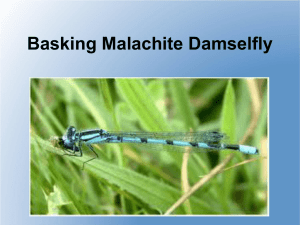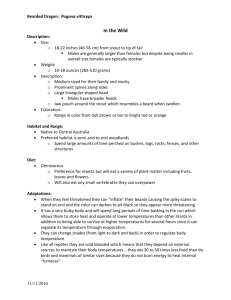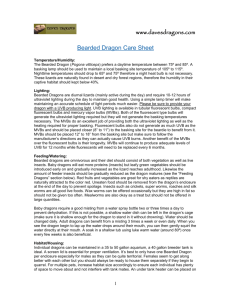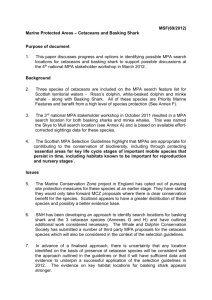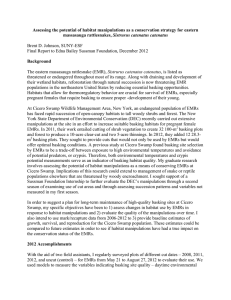Bearded Dragon
advertisement
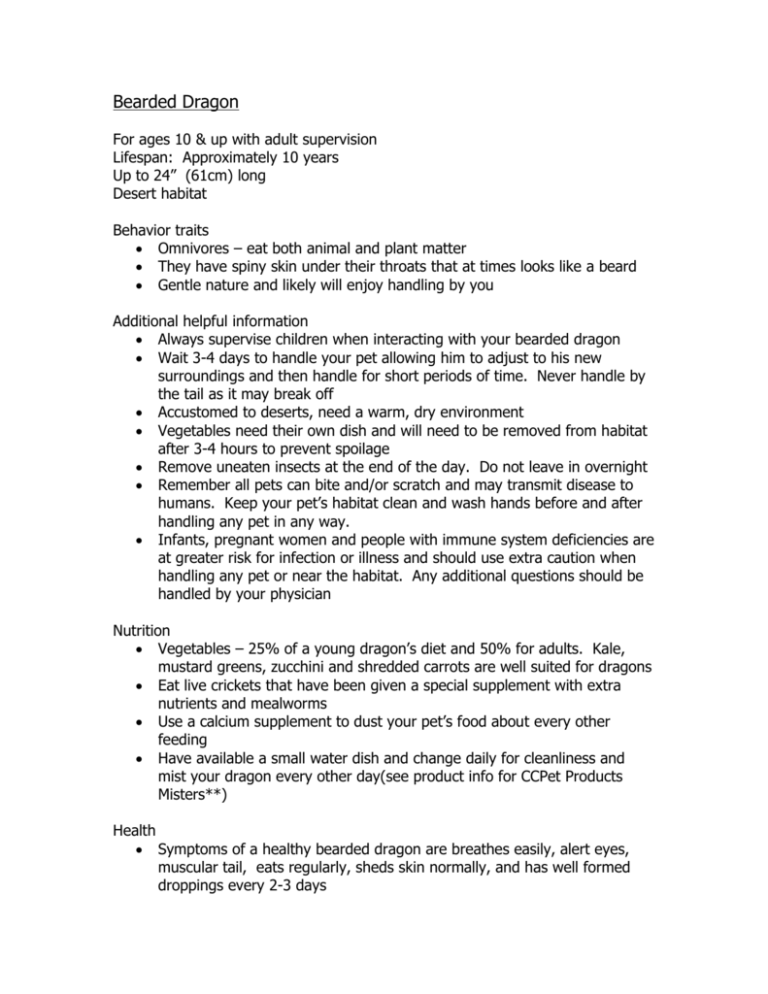
Bearded Dragon For ages 10 & up with adult supervision Lifespan: Approximately 10 years Up to 24” (61cm) long Desert habitat Behavior traits Omnivores – eat both animal and plant matter They have spiny skin under their throats that at times looks like a beard Gentle nature and likely will enjoy handling by you Additional helpful information Always supervise children when interacting with your bearded dragon Wait 3-4 days to handle your pet allowing him to adjust to his new surroundings and then handle for short periods of time. Never handle by the tail as it may break off Accustomed to deserts, need a warm, dry environment Vegetables need their own dish and will need to be removed from habitat after 3-4 hours to prevent spoilage Remove uneaten insects at the end of the day. Do not leave in overnight Remember all pets can bite and/or scratch and may transmit disease to humans. Keep your pet’s habitat clean and wash hands before and after handling any pet in any way. Infants, pregnant women and people with immune system deficiencies are at greater risk for infection or illness and should use extra caution when handling any pet or near the habitat. Any additional questions should be handled by your physician Nutrition Vegetables – 25% of a young dragon’s diet and 50% for adults. Kale, mustard greens, zucchini and shredded carrots are well suited for dragons Eat live crickets that have been given a special supplement with extra nutrients and mealworms Use a calcium supplement to dust your pet’s food about every other feeding Have available a small water dish and change daily for cleanliness and mist your dragon every other day(see product info for CCPet Products Misters**) Health Symptoms of a healthy bearded dragon are breathes easily, alert eyes, muscular tail, eats regularly, sheds skin normally, and has well formed droppings every 2-3 days Watch for weight loss or less food consumption, swollen limbs, shedding problems, discoloration, or any discharge…should you notice any of these, contact an experienced Reptile Veterinarian as soon as possible Habitat and Housing Temperatures 1. day – between 75 – 85 degrees F (24 – 29 degrees C) 2. night – between 65 -75 degrees F (18 – 24 degrees C) 3. basking – use spot lamp to create basking area of 100-120 degrees F (38 49 degrees C) 4. Use a thermometer at each end of habitat to control temperatures Use a 40 gallon or larger glass terrarium with a screen lid to ensure proper ventilation Include a basking area near the heat lamp and a hiding place in the cool area of the habitat as well Maintain humidity level at 20-30%. Use a hygrometer (humidity gauge) to monitor level Lighting – UVA/UVB fluorescent bulb for approximately 12 hours per day to help with the processing of calcium Temperatures: o day – between 85 – 95 degrees F (29 – 35 degrees C) o basking – Use a spot lamp for a basking area of 110 – 115 degrees F (43 – 46 degrees C) o night – between 65 -75 degrees F (18 – 24 degrees C) o Use a thermometer at each end of habitat to control temperatures Lighting – UVA/UVB fluorescent bulb for approximately 12 hours per day to help with the processing of calcium for your dragon
